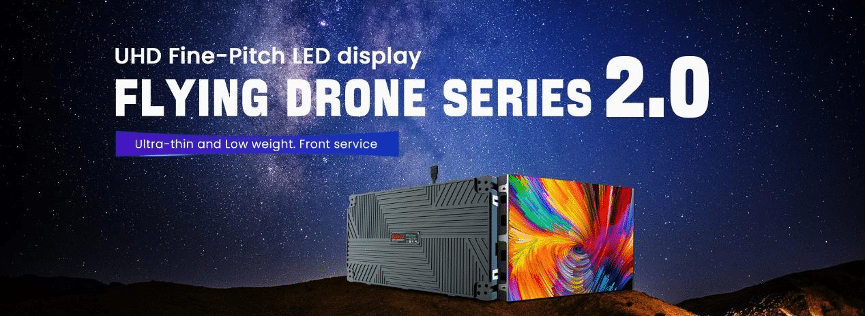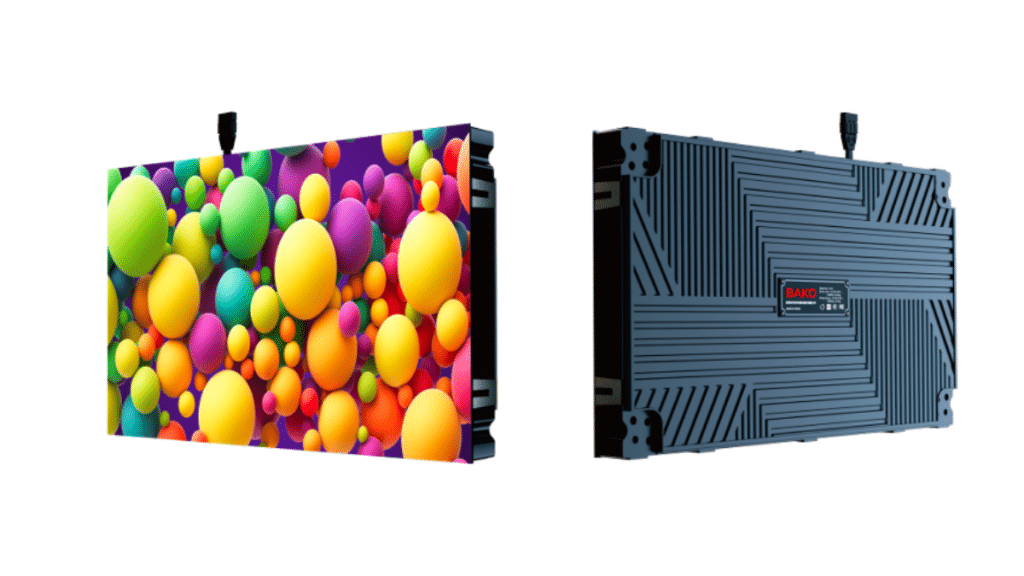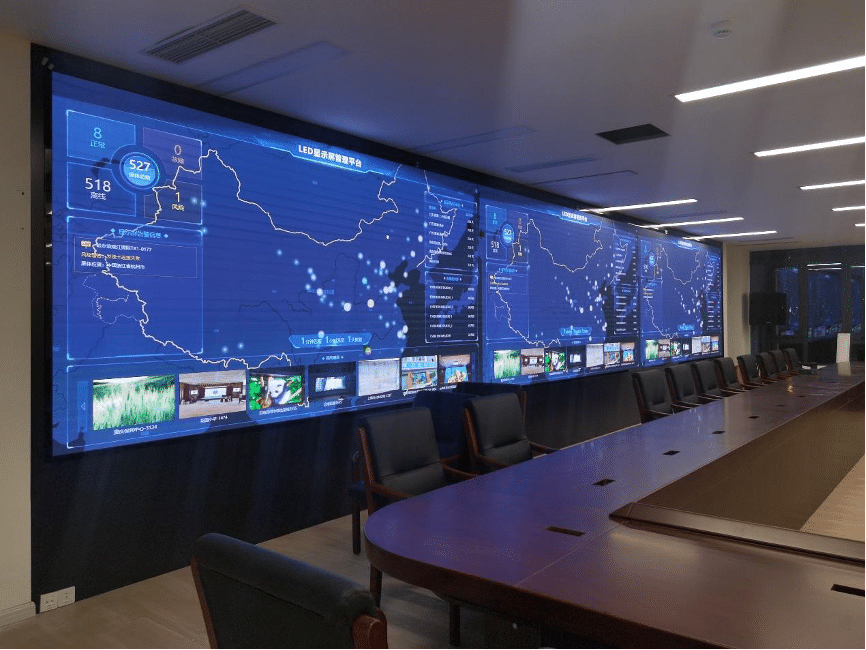In the digital age, LED display panels have become ubiquitous, gracing everything from bustling city squares with vibrant advertisements to our living rooms with crisp, vivid television screens. At the heart of this technology lies an intricate dance of light and color, where viewing angles are pivotal in how the viewer perceives images. Understanding the intricacies of LED display technology and the importance of viewing angles can significantly impact the user experience, offering insights into the best practices for consumers and manufacturers alike.
Understanding Viewing Angle in LED Displays
-
What is the Viewing Angle of LED Displays
The viewing angle of an LED display panel is defined as the maximum angle at which a screen can be viewed with acceptable visual performance. Beyond this angle, viewers may notice significant color saturation, brightness, and contrast degradation, affecting the overall viewing experience.
-
Factors Influencing Viewing Angle
- Type of Panel: The construction of the LED display panel itself, including the arrangement of LEDs and the technology used (such as SMD or COB), directly impacts the viewing angle.
- Pixel Pitch: This refers to the distance between the centers of two adjacent LEDs. Finer pixel pitches typically offer wider viewing angles due to the closer proximity of the light sources.
- Optical Design: The design of the lens and the encapsulation around the LED can enhance or restrict the light distribution, thereby affecting the viewing angle.
- Display Size and Aspect Ratio: Larger displays and those with wider aspect ratios may require the viewer to sit further away to maintain a consistent viewing experience across the entire screen.
- External Factors: Ambient lighting and the presence of reflective surfaces near the display can also influence how the viewing angle is perceived by the user.
Impacts of Viewing Angle on LED Display Panels
-
Visibility and Readability
A narrow viewing angle limits the positions from which a display can be clearly seen, potentially excluding viewers who are not directly in front of the screen. This is particularly crucial for public displays and digital signage where wide visibility is essential.
-
Color Accuracy and Consistency
As the viewing angle increases, the fidelity of colors can diminish, leading to discrepancies in how content is experienced. Ensuring a wide viewing angle is vital for applications where color accuracy is paramount, such as in graphic design and medical imaging.
-
Uniformity and Contrast Performance
The perceived uniformity of an LED display panel and its contrast performance can degrade at oblique angles, affecting the depth and richness of the displayed content. A good LED display panel maintains these qualities across a broad range of viewing positions.
-
Installation Flexibility and User Experience
Displays with wide viewing angles offer more flexibility in terms of installation locations and orientations, enhancing the user experience by accommodating different viewing scenarios and seating arrangements.
Fine Pitch LED Displays: Enhancing Viewing Angle Performance
-
What is Fine Pitch LED Display Technology
The pixel pitch range for fine-pitch LED displays typically falls between 0.9 and 2.5 millimeters, allowing for higher-resolution images at closer viewing distances. This higher pixel density allows for smoother and more continuous images.
Besides, with their compact pixel spacing, fine-pitch LED display panels significantly improve color uniformity and consistency across a wider range of viewing angles. This makes them ideal for applications where viewers may be across different angles and distances from the screen.
-
Fine Pitch LED Display Recommended: BAKO Flying Drone 2.0 Series
One exemplary model that embodies the advancements in fine-pitch LED technology is BAKO’s Flying Drone 2.0 Series. This series has a range of pixel pitch options from P0.9 to P2.5. It is designed to offer a superior viewing angle of 160°/140°, making it a perfect choice for high-end retail spaces, control rooms, and any environment where visual experience and viewer engagement are critical.

Conclusion
The impact of viewing angles on LED display panels cannot be understated. As we’ve explored, from the basic understanding of what constitutes a viewing angle to the sophisticated technology behind fine-pitch LED displays, it’s clear that viewing angle is a fundamental aspect that affects visibility, color accuracy, uniformity, and the overall user experience. With innovations like BAKO Flying Drone 2.0 Series, the future of LED display technology looks bright, promising ever more immersive and inclusive visual experiences for audiences worldwide.


